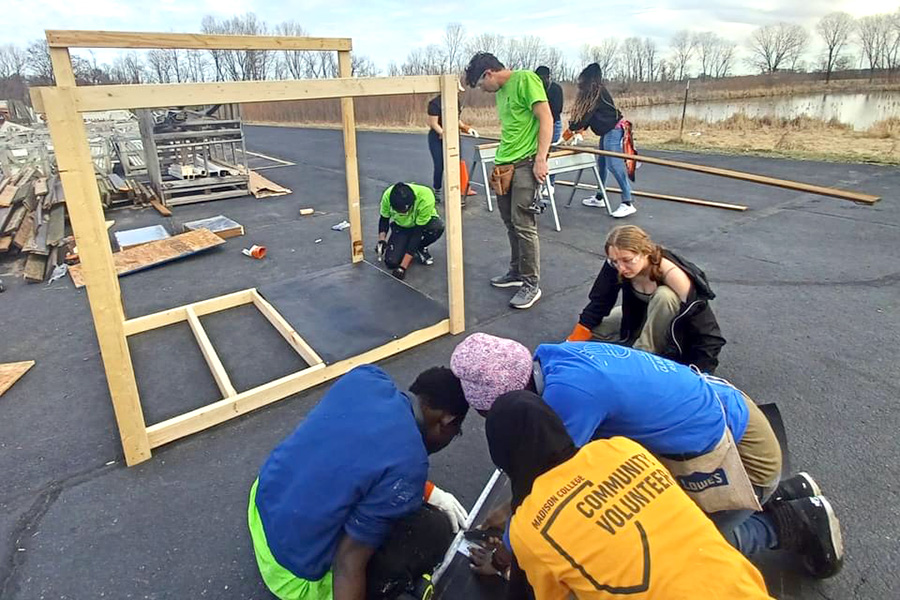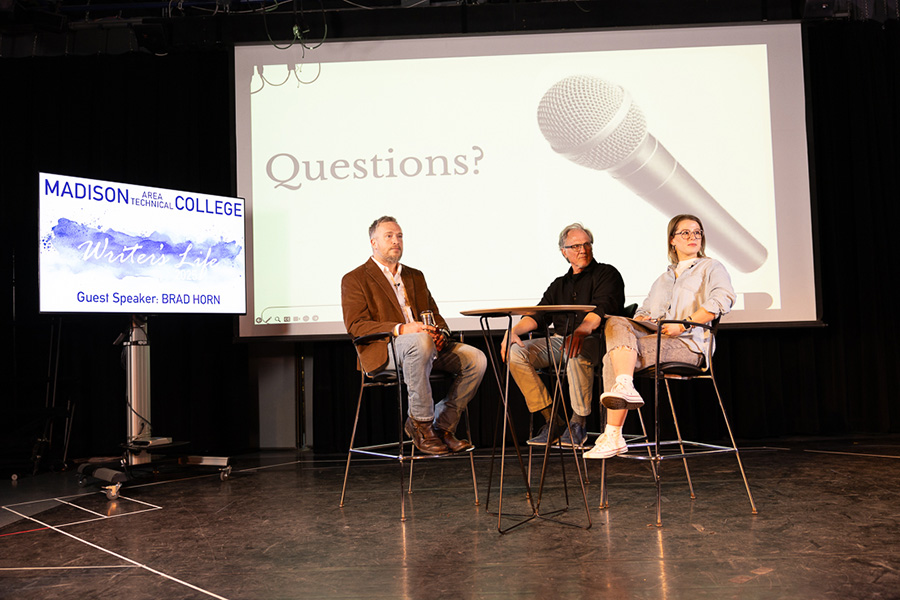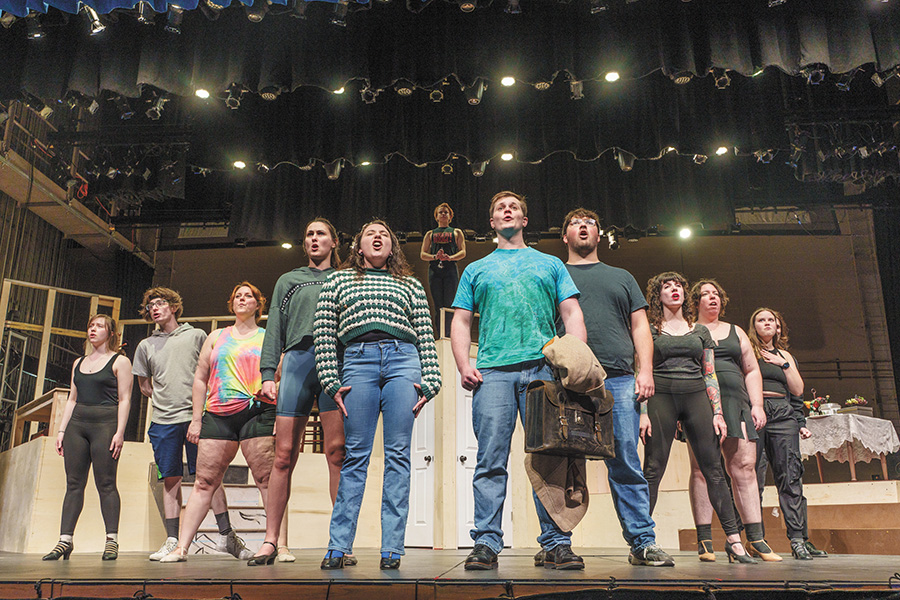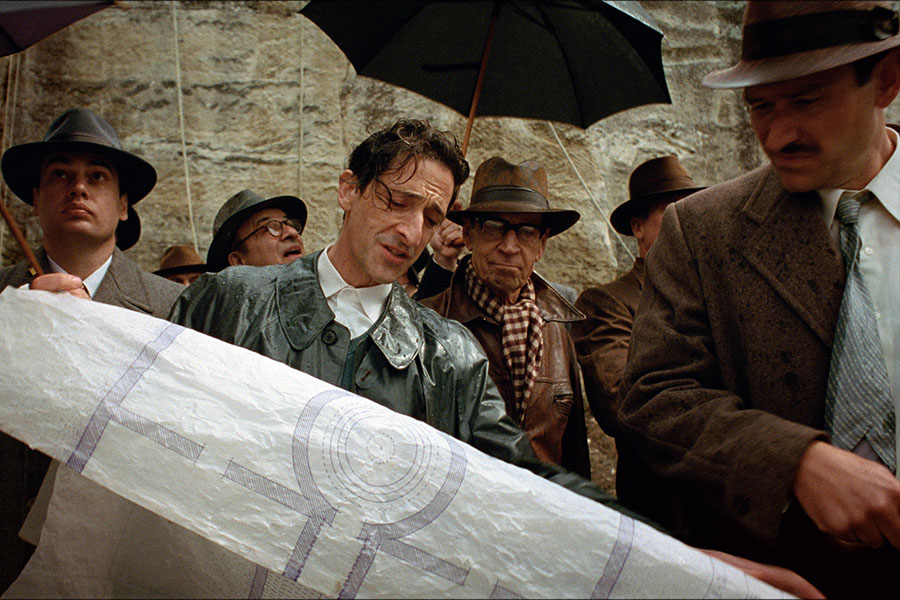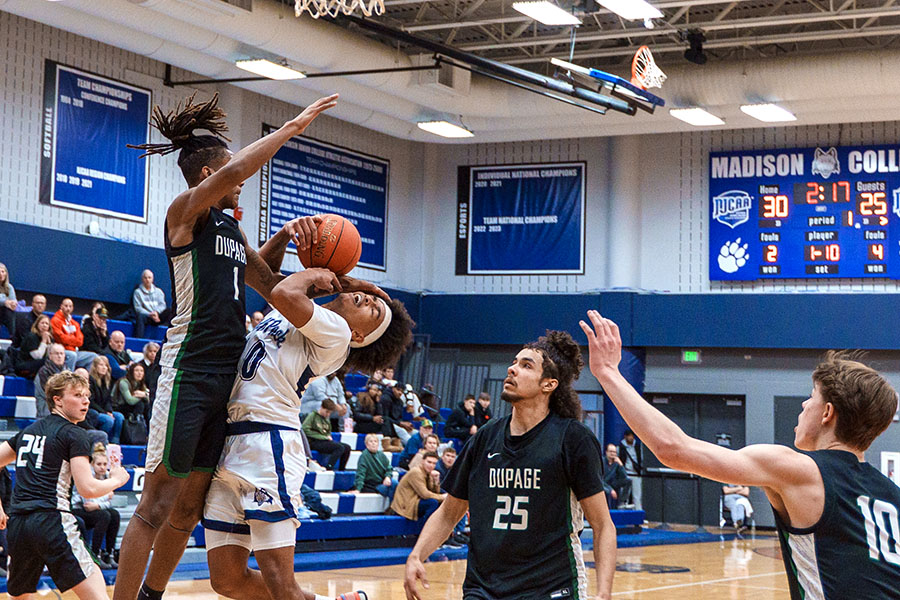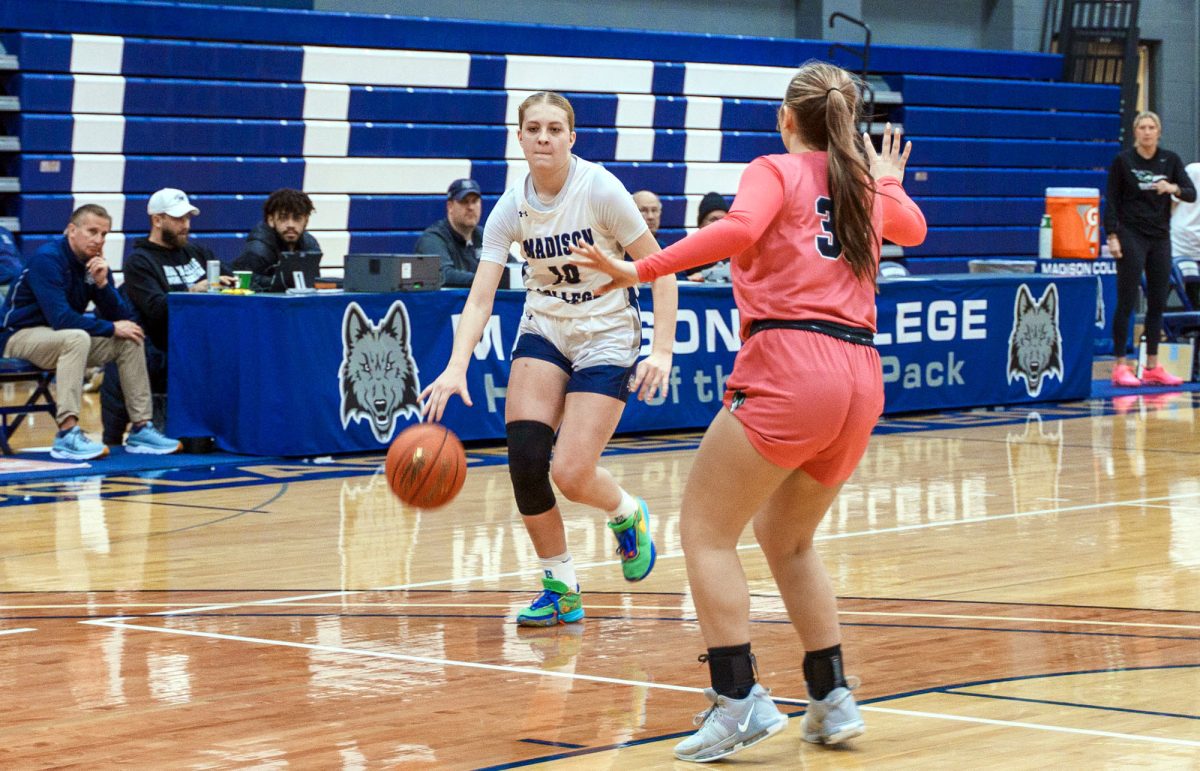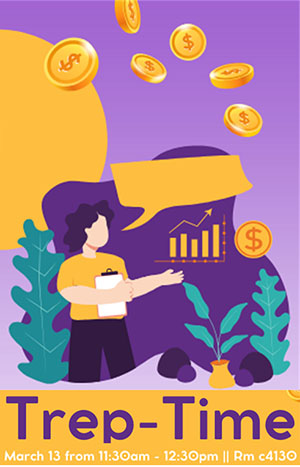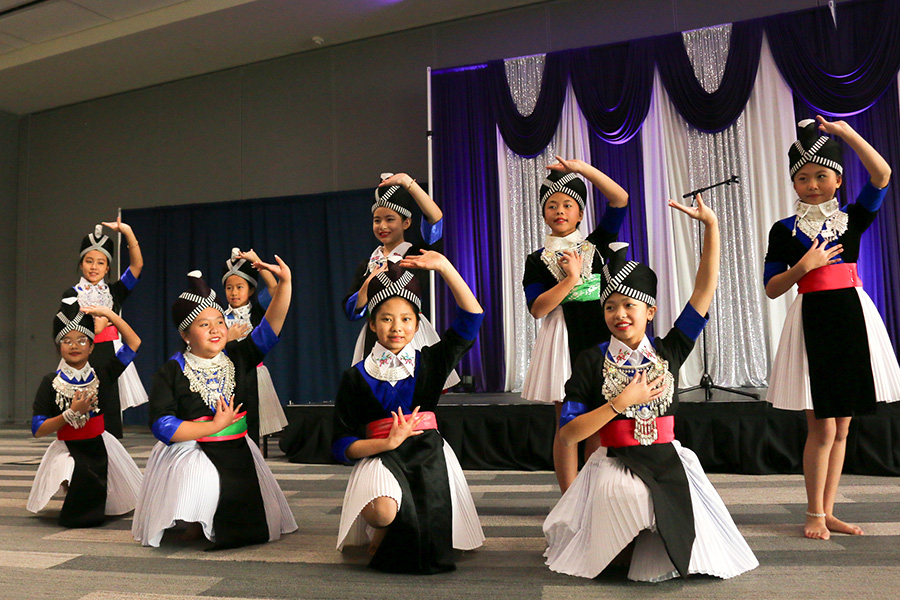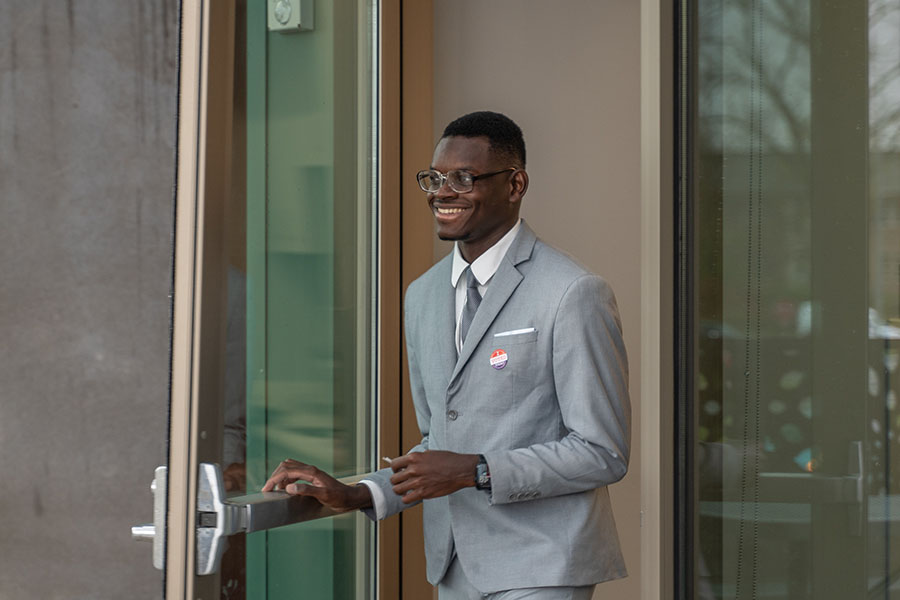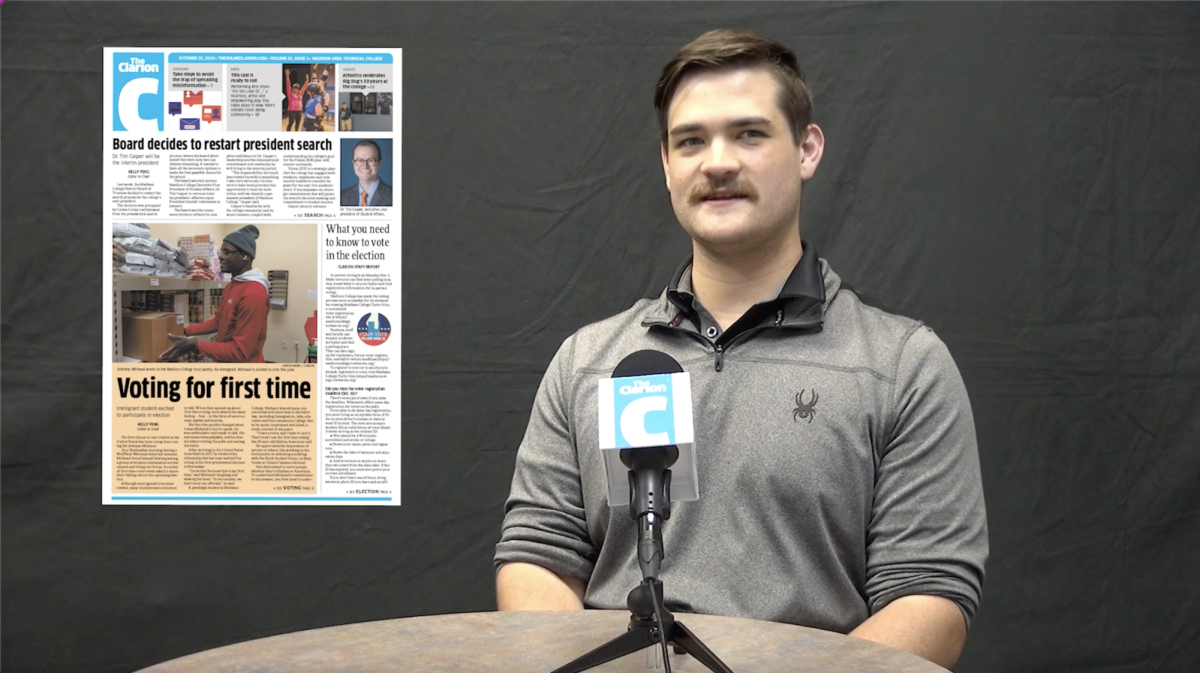‘Leah on The Offbeat’ excels with its realistic depictions of youth
May 1, 2018
There’s solace in young adult novels and their ability to normalize the lives of those who are pariahs. Becky Albertalli’s third novel “Leah On The Offbeat,” a sequel to the award-winning “Simon vs. The Homo Sapiens Agenda,” continues to develop a world much like our own: raw, genuine, and incredibly diverse.
Leah Burke is struggling with friend group drama, and senior year good-byes, and her mess of feelings (as much as she denies them). Albertalli develops her characters so well that as a reader you feel every single emotion depicted on the page. The disastrous situations and unclear emotions thrown at Leah are easily reciprocated when reading her perspective. It’s laid out in a way that allows you into insert yourself between the pages. There are straight, gay, and bisexual characters. There’s an array of main characters with different races and ethnic backgrounds. It’s so easy to fall right into Creekwood and feel at home, feel like there’s a character you can relate to. Leah’s emotions are so deeply depicted that you’ll hurt when Leah hurts, be cynical when Leah’s cynical, and full of love when Leah’s full of love – it’s a connection that it easily created within the first few pages.
Young adult high school romance novels have the tendency to make their rising action, climax, and overall plot surround a lack of communication among characters. This is not one of those. Albertalli makes believable teenagers who, despite being all over the place in their emotions, are real enough to talk to each other, even if they don’t want to, even if it’s difficult.
The entire novel depicts the nature of characters evolving to better themselves. They grow as people through the chapters. Leah primarily has such a profounding but subtly maintained leap. She begins with the feeling of disconnection from everything, only to later learn that sometimes she just needs to let things happen and not be so forceful about the outcome of situations because that’s what leaves her feeling detached.
Every word of foreshadowing never feels forced. It’s sporadic and unsure, just like the mind of someone who is uncertain of their feelings, like Leah. There’s a line on page 43, right at the beginning of the novel that highlights the idea that Leah will be content, more even, by the closing of her story. Albertalli writes, “That has to be the best part of being in love – the feeling of having a home in someone else’s brain.”
Leah seeing so much love around her brings readers hope for her resolution and, while she doesn’t know it at the time of her confession about love and home, it gives it to her too.
This is the sort of storytelling that is needed now. One that directly correlates fiction and real life, even with all of its confusion and cliches and hope. “Leah On The Offbeat” is a page turner, not for an action-packed plot, but for it’s incredibly realistic depiction of youth life. Albertalli creates a story that is true and leaves you feeling carefree about life (and maybe even love). That’s really all someone needs: some sort of potential happiness to hold on to.


